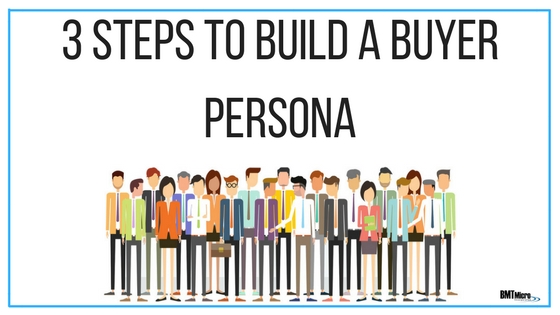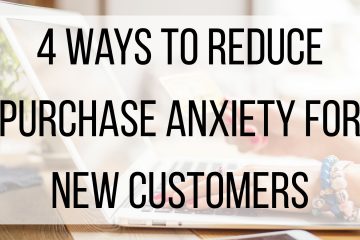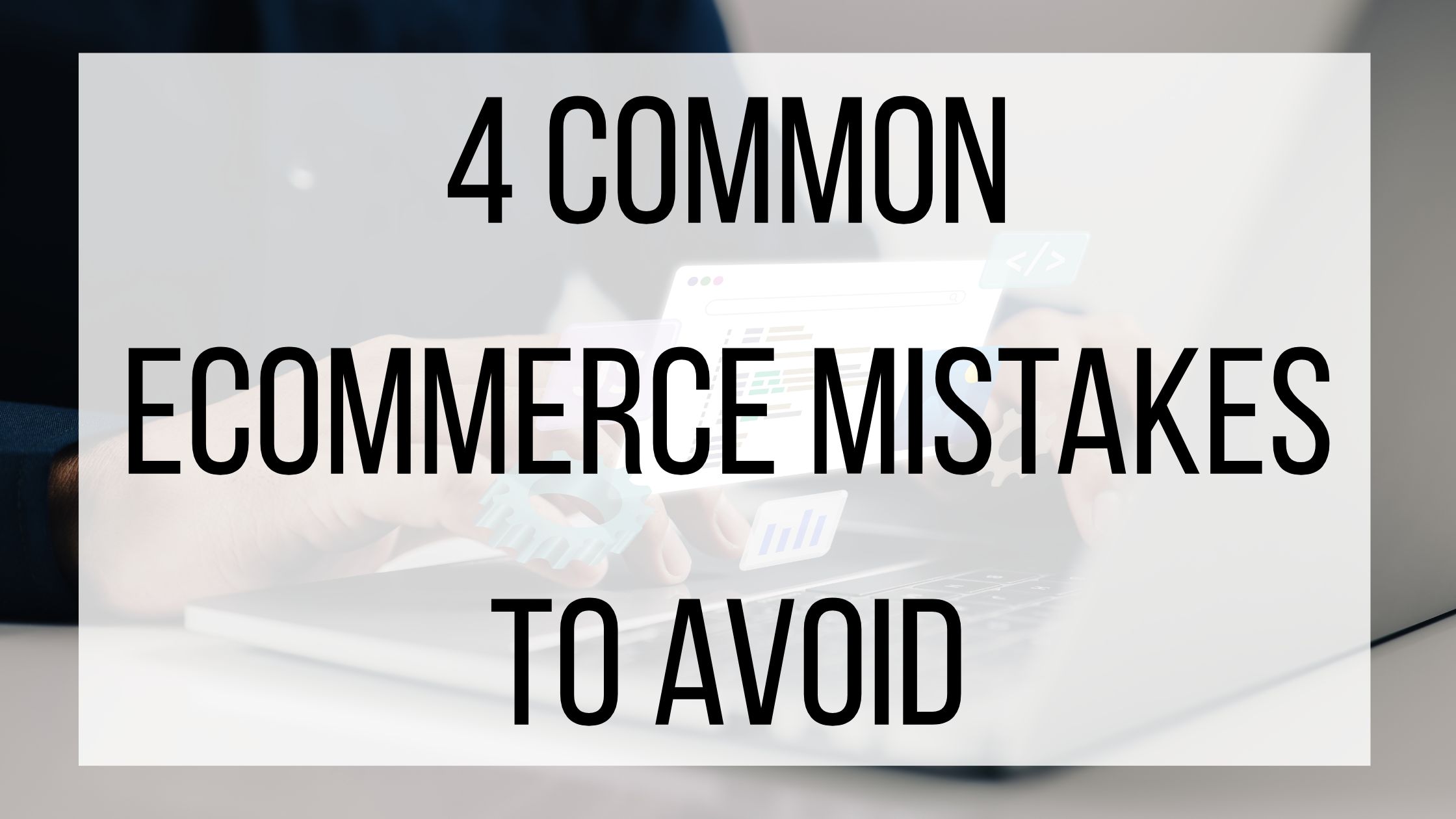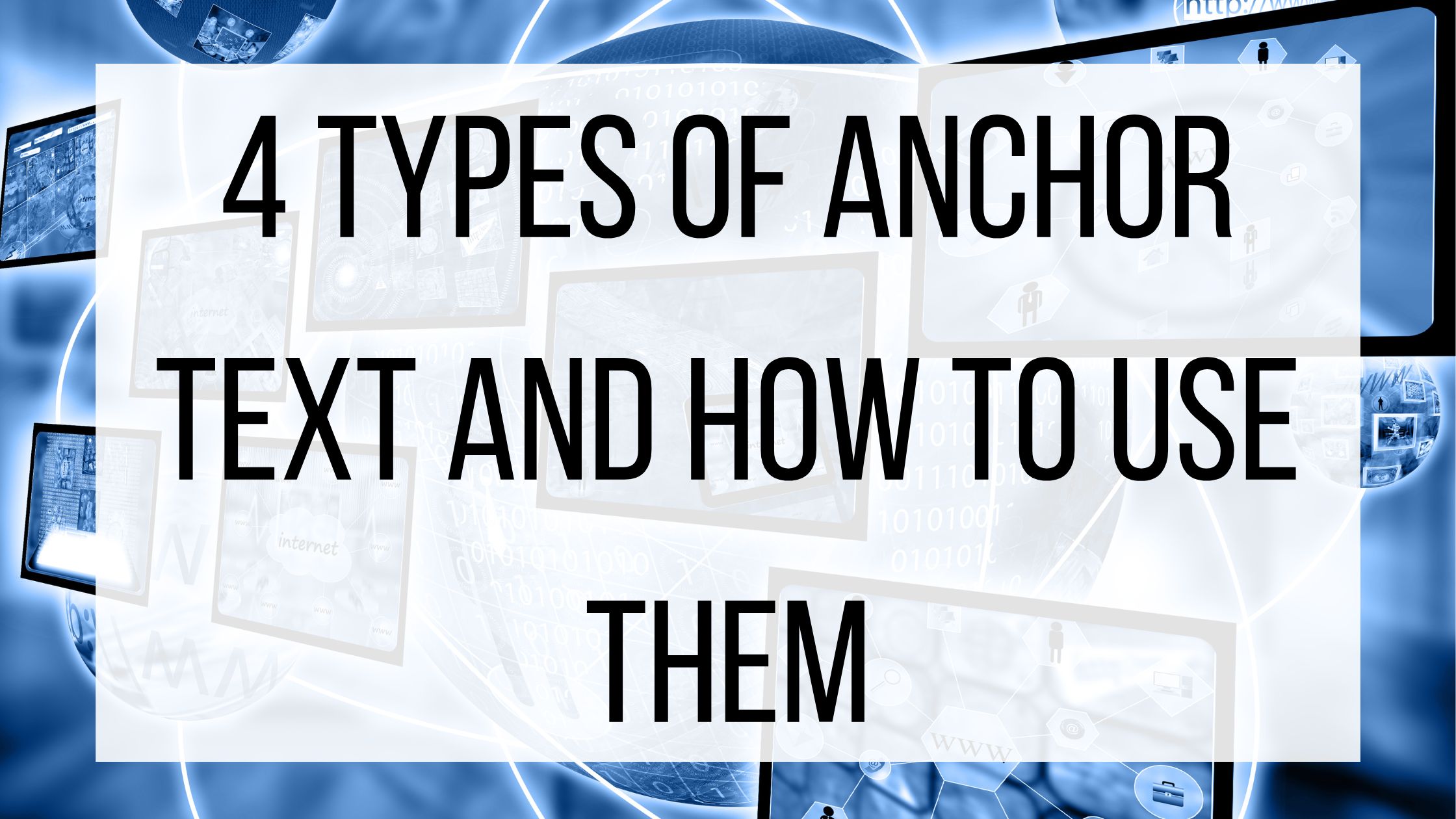3 Steps To Build A Buyer Persona

One of the easiest (and biggest) mistakes a company can make is to dive into selling without figuring out exactly who they are selling to. Although it may seem like an unnecessary step, creating a buyer persona is key to helping you maximize sales and promote your company’s product or service. Here are 3 steps to help you understand how to create and define a buyer persona.
What is a buyer persona? A buyer persona is the ideal customer for your business. Creating a buyer persona allows to you customize your advertising and marketing efforts to target the customers most likely to purchase your products. You can have several buyer personas, but make sure to keep the number small (preferably under 5) so you keep your marketing more personalized. The amount of information you collect about your buyer persona varies from company to company. For example, some companies want to know things such as a buyer personas hobbies, relationship status, and personal goals, while others are more focused on just the basics such as income, gender, and career field.
In addition to buyer personas, it is good to create negative personas. A negative persona is the opposite of a buyer persona. The negative persona is the type of customer that represents the type of customer you do not want, likely someone who will take your time but not purchase your product. By identifying these customers, your sales and marketing team will be able to work to ensure they are spending their budget in the best way they can, and have a basis for what to be cautious of in a customer. Some signs of a negative persona are customers whose income bracket is lower than what they would need to afford your product, someone who is an avid fan of a competitor and is already using their product, or someone who is outside of your geographic region. However, some of these negative personas will still want to interact with your social media accounts, and can become big advocates for your brand, even if they themselves do not purchase from you. This will also give you more access to their followers, as customers tend to trust the opinion of people they know over a marketing campaign.
How to create a buyer persona: To create the persona of your ideal customer, start with broad topics and narrow them down. If you have an established company, researching your existing customer base is a good place to start. Since these are all people who have already interacted with and purchased from your company, there is a good chance that some of them exemplify traits of your ideal customer. Send them an email asking them to complete a short survey to evaluate what they enjoyed about shopping with you, as well as what they think could use some improvement.
If you do not have an established company, you will need to do a little more research while creating your buyer persona. It is important to take into consideration the buyer persona’s age, gender, psychographics, location, income, education level, buying motivations, and buying concerns. Visiting a competitor’s website and seeing what is and is not working for them is another good trick to help you create your ideal customer. Also keep in mind communication preferences and give them options if possible- for example, some customers might prefer a short text message with a link rather than an email.
It is important to remember that your buyer persona is not set in stone. Especially for newer companies, the buyer personas will be based largely on research and guesses. The more developed your company becomes, the more you can evolve your ideal customer. Don’t be afraid to continue updating as you learn more to make sure that you are targeting the best potential customer.
How to use a buyer persona: Many websites have templates to help you create a buyer persona. You can use silly names such as Marketing Millie, Sample Sally or College Student Calvin to get started pinpointing your ideal customer. Then you will add all of their information you wish you take into consideration into the template. For example, say you were trying to promote a new energy drink. You know college students love drinking energy drinks to help them stay alert while studying and participating in extracurricular activities, so you decide to target that demographic. You use College Student Calvin as your buyer persona. College Student Calvin is between the ages of 18-25. He lives in the United States and loves being active, as well as keeping up good grades. He works a part time job when he is not in class so his income level is fairly low. His buying motivation would be getting some extra energy without a crash, having an energy drink that is tasty, and ingredients that are natural and will not be harmful to his body. His buying concerns would be the price and accessibility of finding the drink. With this information, you would be able to create and ad that would let him know your drink has all of the qualities he is looking for while addressing his concerns.
While it might seem like a lot of work to create a buyer persona, it will make your targeted marketing campaign much more effective and save you time and money in the long run. Remember to continue to evaluate and update your buyer persona and your customer base grows and your company continues to develop. By following these steps, you will have excellent targeting content to increase ROI and engagement in no time.



6 Comments
Building Your Brand In 3 Simple Steps | · June 22, 2018 at 12:00 pm
[…] create and develop your company, and allow customers to know what is important to you. Creating a buyer persona for your brand will also help you determine the type of customer you are […]
How To Start A Content Marketing Plan | · July 27, 2018 at 12:02 pm
[…] research: Creating a buyer persona is a great first step to creating content. This will help you find the type of people that you are […]
Introduction To Usability Testing | · August 17, 2018 at 12:01 pm
[…] are testing a small sample size to represent your whole user base. To find your ideal participants, create a buyer persona and reach out to customers that fit those guidelines. Offer them a discount or gift for […]
Emotional Marketing | · September 7, 2018 at 12:00 pm
[…] to use emotional marketing: As with all marketing plans, make sure you know your audience before you start. This will help you decide which emotion you want to use to sway your audience, […]
Beginner's Guide To The Buyer's Journey | · September 21, 2018 at 12:01 pm
[…] before ever reaching out to your business for more information. Make sure that you have an updated Buyer Persona so that you can help provide valuable insight to your potential customers to help guide them […]
3 Tips To Improve Your Content Marketing | BMT Micro, Inc. · April 23, 2019 at 11:29 am
[…] of your business, and they should be at the center of your content. Create and keep up with your buyer persona, and put yourself in their shoes. Find a way to tie interesting stories into industry tips, or […]